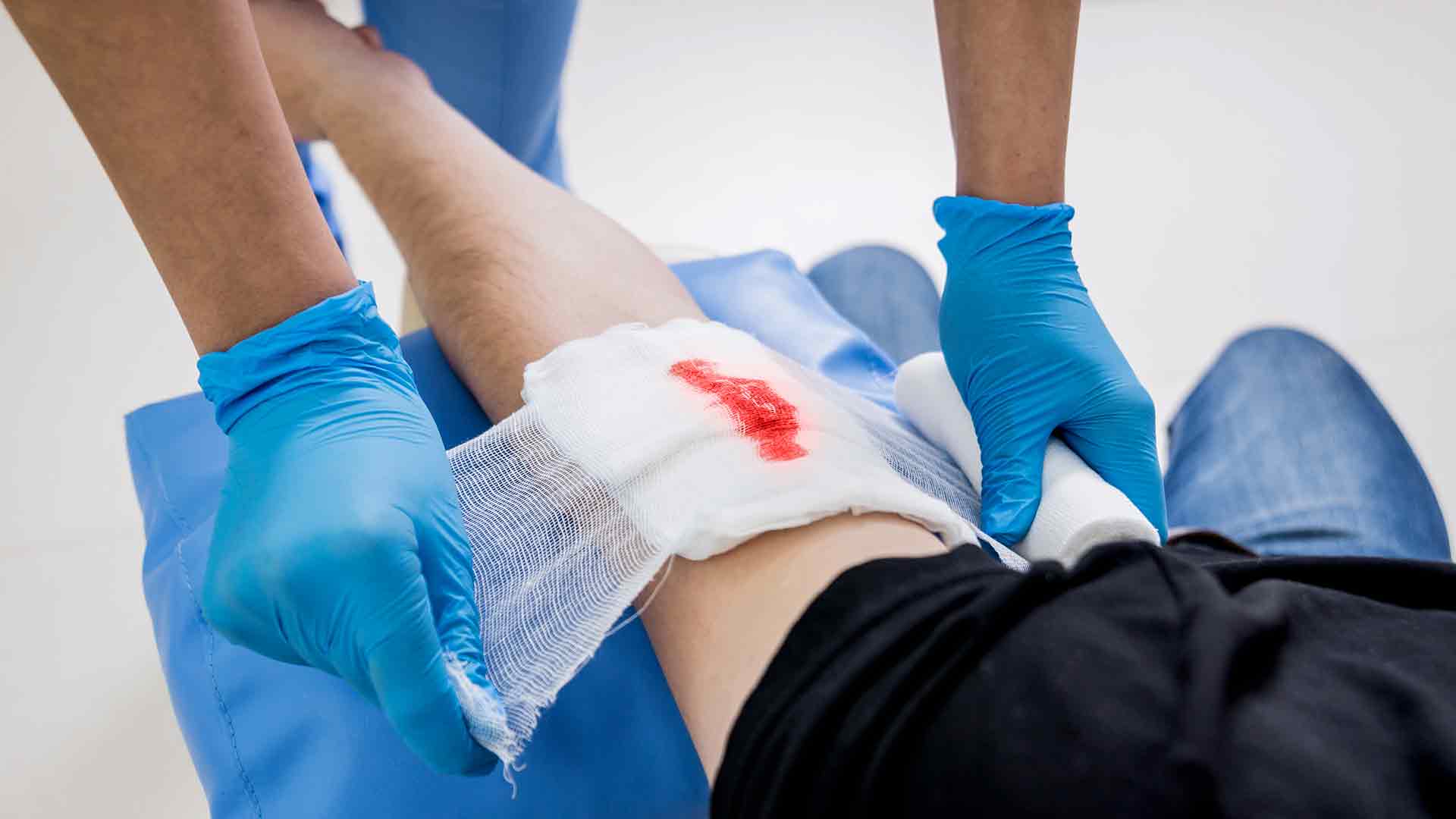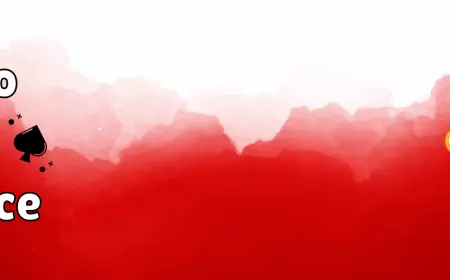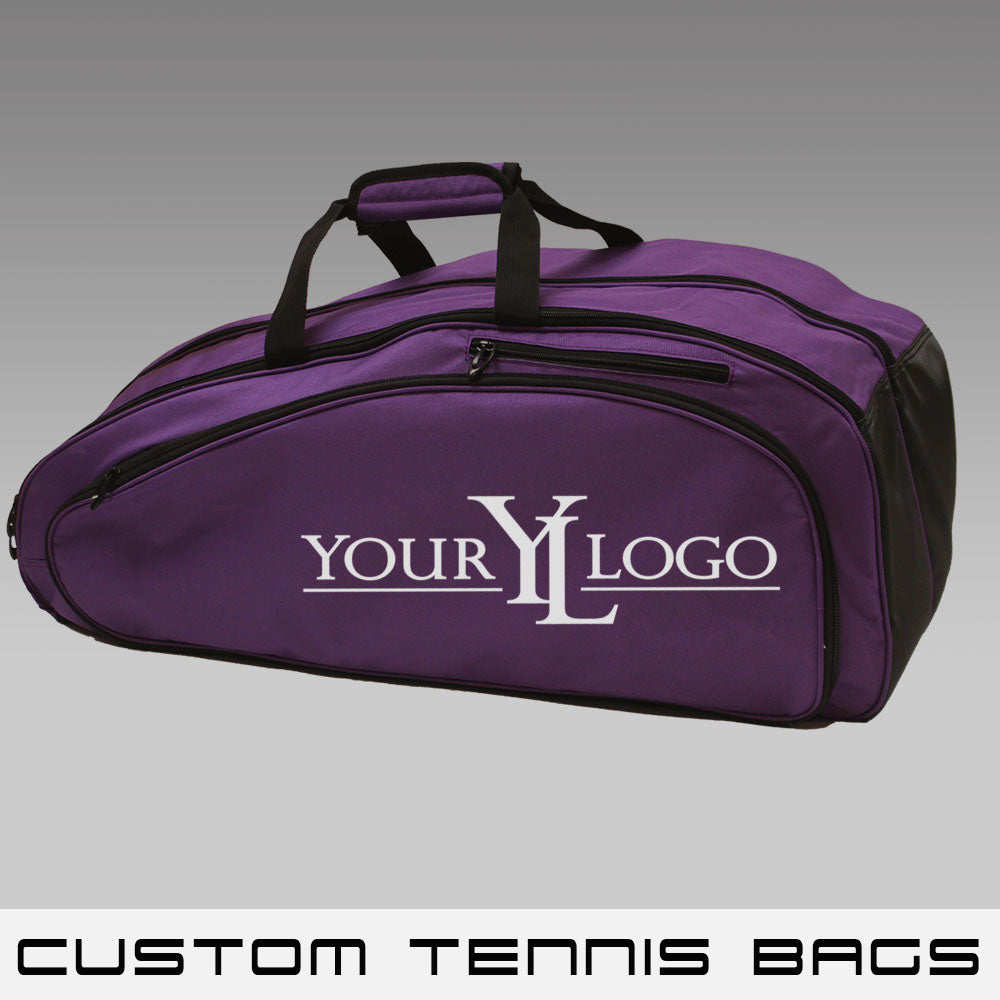How Do You Manage Pain in Chronic Wound Treatment?
Managing pain effectively during chronic wound treatment is critical for promoting healing and improving the quality of life for patients. Chronic wounds, including diabetic ulcers, venous ulcers, and pressure sores, can cause significant discomfort and pain. Let's explore the Chronic Wounds Treatment in Dubai.
Understanding Chronic Wound Pain
Chronic wound pain often stems from the underlying condition or the wound itself. Pain can be exacerbated by infection, inflammation, or tissue damage. It is a common challenge faced by patients undergoing long-term treatment for these wounds, and managing it appropriately can enhance healing outcomes and patient satisfaction.
Key Approaches to Managing Pain in Chronic Wound Treatment
Effective pain management for chronic wounds involves a combination of techniques designed to reduce discomfort, improve healing, and maintain comfort during the treatment process. The following strategies are commonly used:

Dressing Selection and Care
Choosing the right wound dressing is one of the most important factors in pain management. Certain dressings, such as hydrocolloid or foam dressings, are designed to provide a moist healing environment that minimizes friction and irritation, reducing pain during dressing changes. These dressings also help protect the wound from infection and further damage.
Wound Debridement
Debridement is the process of removing dead tissue from the wound bed, which can help reduce pain and promote healing. While it may cause some discomfort, it is essential for preventing infection and encouraging healthy tissue growth. Healthcare providers often use advanced methods like autolytic debridement (using the body's natural enzymes) or enzymatic debridement to minimize pain during this process.
Pressure Relief Techniques
For wounds caused by pressure, such as pressure ulcers, relieving the pressure on the affected area is crucial. Alternating pressure mattresses, specialized cushions, and regular repositioning can prevent further damage to the skin and underlying tissues, thus reducing pain. These techniques help alleviate the constant pressure on the wound, promoting comfort during the healing process.
Topical Therapies
Certain topical treatments, such as pain-relieving ointments or gels, can be applied to the wound site to manage discomfort. These products may contain ingredients like lidocaine, which can provide localized pain relief without affecting the overall healing process. Using these treatments in combination with proper wound care can help keep pain levels under control.
Physical Therapy and Exercise
In some cases, physical therapy can be an effective way to manage pain associated with chronic wounds. Gentle exercises can improve blood flow to the area, reducing swelling and discomfort. Additionally, physical therapy helps to strengthen the surrounding muscles, which can relieve pressure and tension on the wound, improving mobility and comfort.
Benefits
Managing pain effectively during chronic wound treatment has several benefits, including:
- Enhanced Healing: By controlling pain, patients are more likely to stay compliant with their treatment plan, which can lead to better wound healing.
- Improved Quality of Life: Proper pain management helps patients lead more comfortable lives, reducing the physical and emotional toll chronic wounds can take.
- Reduced Risk of Infection: Pain management techniques often involve cleaning and debridement, which can lower the risk of infection, speeding up recovery.
- Better Mobility: With less pain, patients are more likely to move around, which can improve circulation and further aid in wound healing.
FAQs
1. What are the most common causes of pain in chronic wounds?
Pain in chronic wounds is often caused by infection, inflammation, pressure, or tissue damage. Managing these factors is essential for effective pain relief.
2. How do dressings help manage pain in chronic wounds?
Specialized dressings provide a moist environment and protect the wound from friction, which reduces irritation and pain, particularly during dressing changes.
3. What role does debridement play in pain management?
Debridement removes dead tissue that can cause pain and inhibit healing. While it may cause some discomfort, it is necessary for promoting healthy tissue regeneration.
4. Can physical therapy reduce pain in chronic wounds?
Yes, physical therapy can improve circulation and reduce pressure on the wound, helping to alleviate pain and promote healing.
5. Are topical treatments effective for chronic wound pain?
Topical treatments, such as pain-relieving creams or gels, can help manage localized pain, providing relief without hindering the healing process.
Conclusion
Effective pain management is a vital component of chronic wound treatment. By using a combination of advanced dressing techniques, pressure relief methods, topical therapies, and physical therapy, healthcare providers can help patients manage discomfort and promote healing. Addressing pain not only improves the overall treatment experience but also accelerates recovery and enhances the quality of life for individuals with chronic wounds.
What's Your Reaction?
 Like
0
Like
0
 Dislike
0
Dislike
0
 Love
0
Love
0
 Funny
0
Funny
0
 Angry
0
Angry
0
 Sad
0
Sad
0
 Wow
0
Wow
0

























































